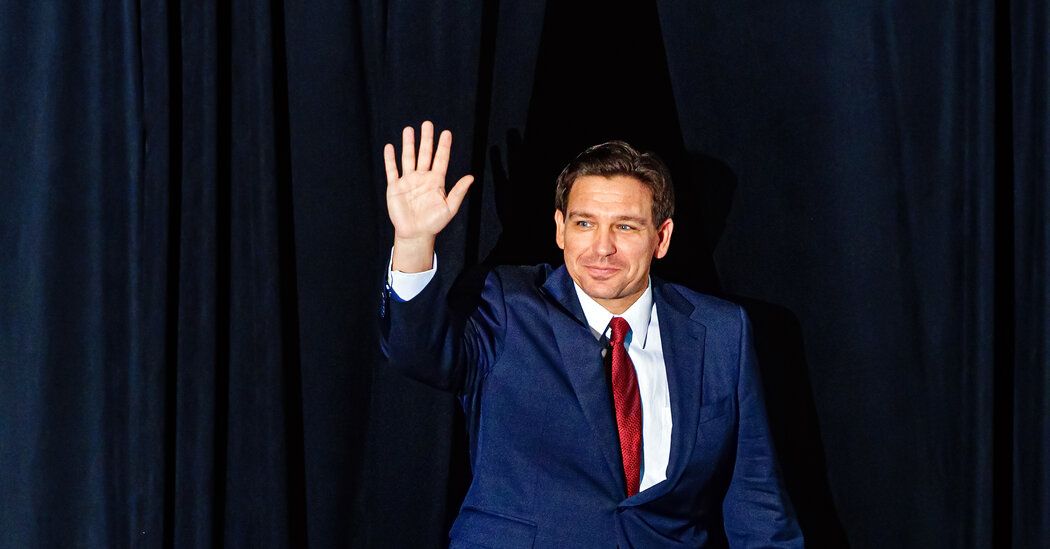The Devolution of Ron DeSantis
Mr. DeSantis will probably never be an entertainer like Mr. Trump, an orator like Ronald Reagan, or someone to get a beer with like George W. Bush. But to compete for the nomination, he will at least need to be who he appeared to be a few months ago: a new kind of conservative, who can appeal to the establishment and the base by focusing on the new set of issues that got him here: the fight for “freedom” and against “woke.”
Mr. DeSantis’s varying campaigns against everything from coronavirus restrictions to gender studies curriculums weren’t extraordinarily popular, at least not in terms of national polling, but it was a type of political gold nonetheless. It let him channel the passions of the Republican base and get on Fox News without offending bourgeoise conservative sensibilities on race, immigration and gender. In fact, many elite conservatives disliked “woke” and coronavirus restrictions just like the rank-and-file. Even some Democrats sympathized with his positions. As a result, he won re-election in Florida in a landslide. Democratic turnout was abysmal.
This combination of base and elite appeal made him a natural candidate to lead an anti-Trump coalition. In the last presidential primary, in 2016, Mr. Trump held the center of the Republican electorate and left his opposition split on either side. To his right, there was Mr. Cruz and the orthodox conservatives. To his left, there was Marco Rubio, John Kasich and the relatively moderate, business-friendly establishment. None of these factional figures stood a chance of unifying those two disparate groups, but for a fleeting moment after the midterms last year, Mr. DeSantis seemed to assemble all of the various not-necessarily-Trump factions under his banner.
Since then, Mr. DeSantis’s coalition has unraveled. His superficial struggles on the campaign trail might be evident to most, but what is more easily overlooked is an overarching struggle to balance the competing needs of an ideologically diverse coalition in a Republican primary.
His challenge has two halves. First, his instinct to move to the right has been more fraught in a Republican primary than it was when “woke” liberals were his foil. After all, there’s plenty of room to line up to the right of “woke” without alienating anyone on the right. Trying to be to the right of Mr. Trump, on the other hand, involves greater risk regarding both the general electorate and his relatively moderate supporters.
Source: The New York Times


